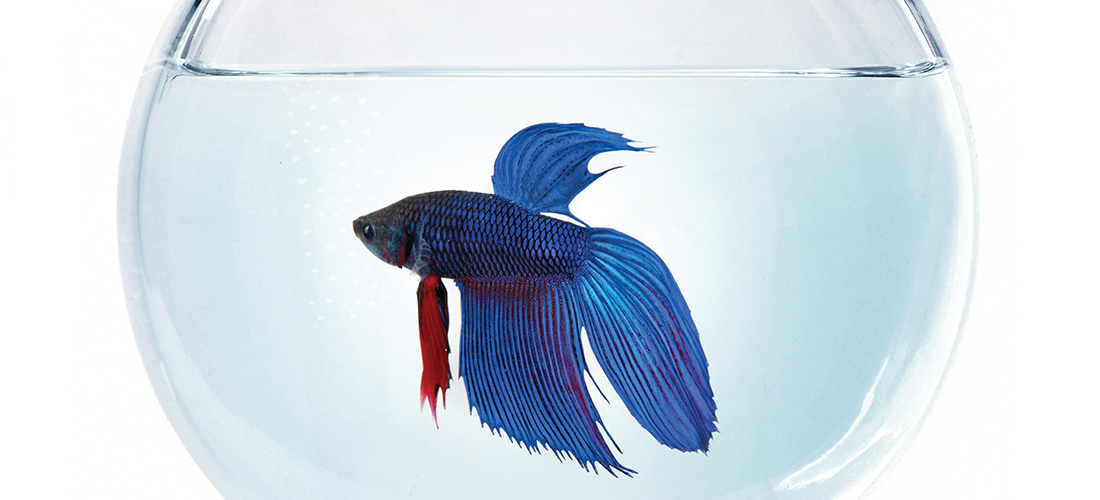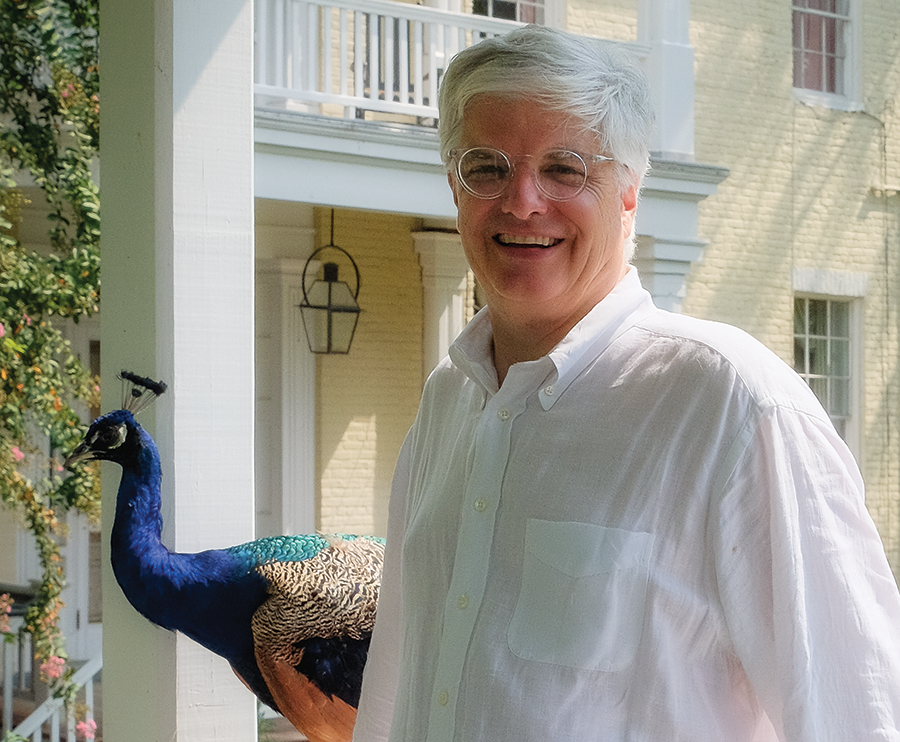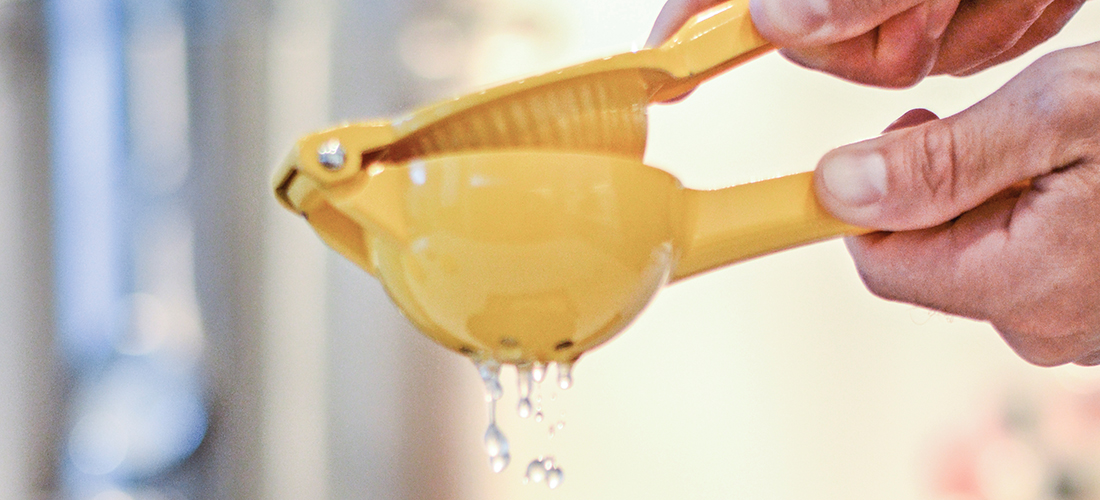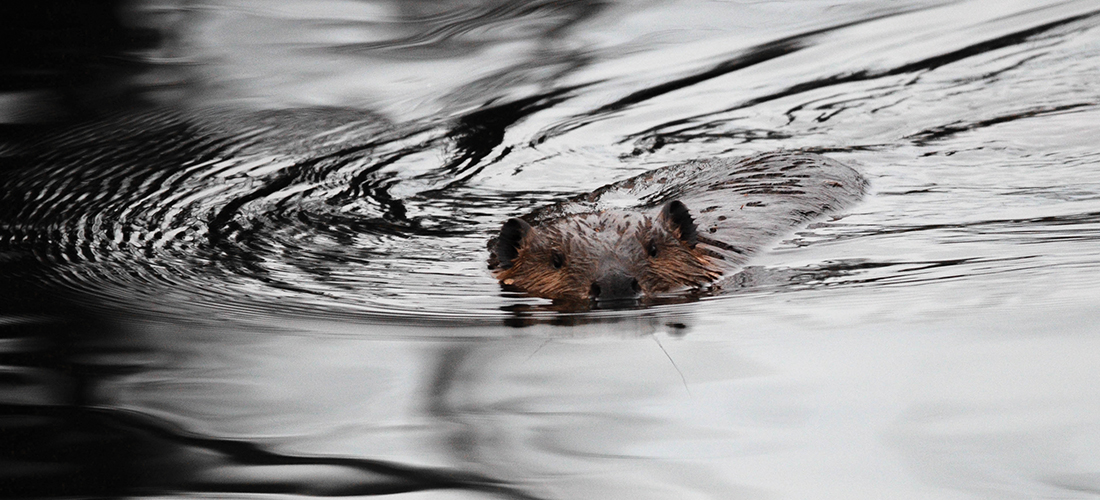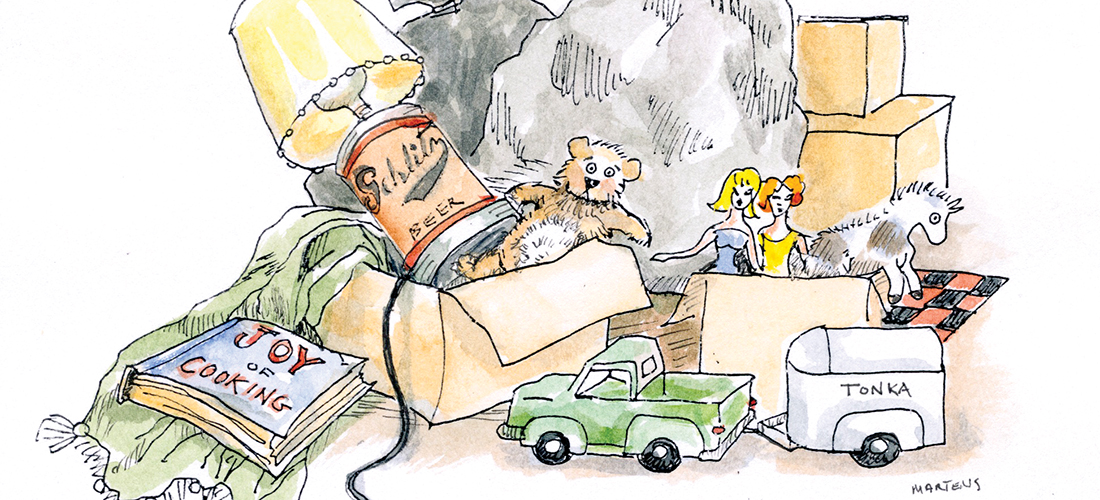Get Wind of This
Any member of the Golf Capital Chorus will tell you that it’s always a good day for singing, but what makes Saturday, Nov. 5, extra special is that they’ll be joined by international medalists A Mighty Mind for a 7 p.m. performance featuring barbershop harmonies that are downright electric. Tickets for “It’s a Good Day For Singing A Song” are available at The Country Bookshop, Givens Outpost and Heavenly Pines Jewelers, or by calling Larry Harter at (910) 295-3529 or Marty Matula at (910) 673-3464. Pinecrest High School, Robert E. Lee Auditorium, 250 Voit Gilmore Lane, Southern Pines. Info: www.thegolfcapitalchorus.org.
Vessels Made of Clay
The Fall Studio Sale and Open House at Linda Dalton Pottery will be held on Friday and Saturday, Oct. 28 – 29, and Nov. 4–5, from 9 a.m. to 5 p.m. Silent auction features a 13-by-10-inch saggar fired orb with rare North Carolina-grown black bamboo mechanically attached to the lid. All proceeds from the auction of this piece will go to benefit Habitat for Humanity of the NC Sandhills. The Dalton’s studio is located 10 minutes north of the village of Pinehurst. Linda Dalton Pottery, 250 Oakhurst Vista, West End. Info: (910) 947-5325.
The Music Rx
The fabled healing properties of the Sandhills have long drawn folks to Moore County. Combine that with the curative qualities of an intimate house concert at Poplar Knight Spot and you’ve got yourself a magical formula. Here’s what’s hot at the Spot this month, a Rooster’s Wife lineup sure to spell tonic for mind, body and soul.
Oct. 2 – Harlem-based soul singer/songwriter Caleb Hawley says his two greatest musical influences are Randy Newman and Prince. We say: Yes, please. Tickets: $12 (advance); $15. Listen: calebhawley.com
Oct. 9 – Headliner Danny Barnes speaks banjo. And wait until you hear what The Buck Stops Here has to say in their inimitable Indie meets folk meets Americana-kinda style. Tickets: $15 (advance); $20. Listen: dannybarnes.com; www.thebuckstopshereband.com.
Oct. 16 – Nashville singer-songwriter Irene Kelley is a musical storyteller with a voice like a bluegrass angel. Christiane Smedley opens the show with honest songs that reveal strength through vulnerability. Tickets: $12 (advance); $15. Listen: www.irenekelley.com; www.iamchristiane.com.
Oct. 23 – Slide guitar player and song poet David Jacobs-Strain redefines roots and blues while modern-day troubadour Beth Wood defies labels. Tickets: $15 (advance); $20. Listen: www.davidjacobs-strain.com/home; www.bethwoodmusic.com.
Oct. 27 –April Verch and Joe Newberry. Fiddle plus banjo equals music that will make you feel like step dancing. Tickets: $15 (advance); $20. Listen: aprilverch.com; joenewberry.me/wordpress.
Oct. 30 – Jason Marsalis of New Orleans’ venerable first family of jazz celebrates the release of Heirs to the Crescent City. Tickets: $25 (advance); $30. Listen: jasonmarsalis.com.
Doors open at 6 p.m. All shows start at 6:46 p.m. The Rooster’s Wife, 114 Knight St., Aberdeen. Info: (910) 944-7502 or www.theroosterswife.org.
Top Shelf
Three North Carolina authors will be inducted into the North Carolina Literary Hall of Fame on Sunday, Oct. 16, at 2 p.m. Inductees include best-selling author Clyde Edgerton, prolific mystery writer Margaret Maron, and Pulitzer Prize-winning poet Carl Sandburg. Program participants include Rhonda Bellamy, H. Tyrone Brandyburg, Talmadge Ragan, Bland Simpson, Shelby Stephenson, George Terll and J. Peder Zane. The Hall of Fame is located in the former study of James Boyd, the historic literary gathering place said to have “launched the Southern Literary Renaissance” in the 1920s and 30s. Reception to follow ceremony. Free and open to the public. Weymouth Center for the Arts & Humanities, 555 E. Connecticut Ave., Southern Pines. Info: (910) 692-6261 or weymouthcenter.org.
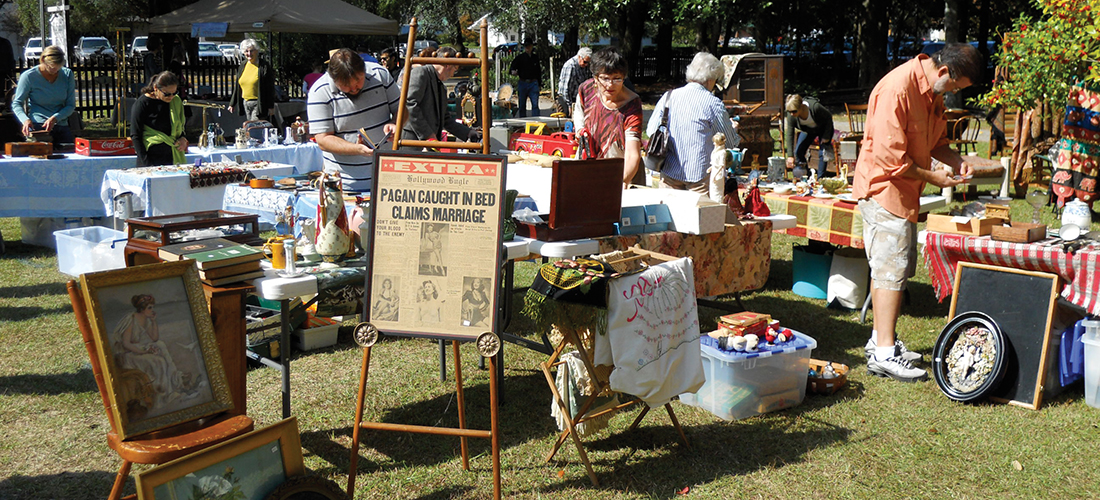
Shaw Season
The eighth annual Shaw House Fair of Vintage Collectibles happens on Saturday, Oct. 8, from 9 a.m. to 4 p.m. Located on its original foundation at the crossing of the famed Revolutionary Pee Dee and Morganton roads, the historic Shaw House was built circa 1820 by a first-generation Scottish settler whose son became the first mayor of Southern Pines in 1887. Come for the vendors and collectibles, food and live music, raffle, historical reenactors from Civil War days and frontier times, demos of old-time crafts, and tours of the homestead. Admission: $2. Proceeds go to maintain the Moore County Historical Association’s five house museums from the 1700s and 1800s, located in Southern Pines and Carthage. Shaw House, 110 W. Morganton Road (corner of Broad Street), Southern Pines. Info: (910) 692-2051 or www.moorehistory.com.
Glad We Met
This month, the Sunrise will stream two Metropolitan Opera performances and a Bolshoi Ballet production — live and in HD.
Saturday, Oct. 8 – Live via satellite, Wagner’s “Tristan und Isolde” runs from 12–5:05 p.m. This three-act opera is widely acknowledged as one of the peaks of the operatic repertoire. Tickets: $27.
Sunday, Oct. 16 – Direct from Moscow, Bolshoi Ballet’s “The Golden Age” runs from 1–3:20 p.m. With its jazzy score, this ballet is a colorful and dazzling satire of Europe in the Roaring 20s. Tickets: $25 (adult); $15 (child).
Saturday, Oct. 22 – Live via satellite, Mozart’s “Don Giovanni” (with English subtitles) runs from 1–4:22 p.m. Based on the legends of Don Juan, a fictional libertine and seducer, this two-act opera blends comedy, melodrama and supernatural elements.
Sunrise Theater, 250 NW Broad St., Southern Pines. Info: (910) 692-8501 or sunrisetheater.com.
All Keyed Up
On Thursday, Oct. 13, 7 p.m., piano and vocal duo Dr. Jaeyoon Kim and Seung-Ah Kim will perform a free concert at Sandhills Community College. A native of Pusan, Korea, Seung-Ah Kim teaches piano at the University of North Carolina at Pembroke (UNCP), where she plays for a guest artist recital series that has included world famous musicians such as Øystein Baadsvik (tuba), New York City opera singers Anna Vikre (soprano) and Rod Nelman (bass), Dr. Terry Everson (trumpet), and Michele Gingras (clarinet). Praised for his lyric tenor repertoire, her husband, Dr. Jaeyoon Kim, is an associate processor at UNCP whose operatic credits include principal tenor roles in “The Tales of Hoffmann,” “La Bohème,” “Don Pasquale,” “The Merry Widow,” “The Merry Wives of Windsor,” “The Magic Flute” and many others. In 2016, the Kims released Romantic Art Songs, an album featuring art songs by Donizetti, Bellini, Turina, Liszt, Duparc, Rachmaninoff and Tosti. You won’t want to miss this free performance. Owens Auditorium, 3395 Airport Road, Pinehurst. Info: (910) 695-3828 or sandhills.edu.
The Wide Blues Yonder
The last First Friday of the season happens this month, which makes us feel kind of blue, but we won’t sulk just yet. On Friday, Oct. 7, from 5–8:30 p.m., don’t miss the chance to experience Blues Music Award-winner Danielle Nicole (singer/bassist/songwriter) and prodigious blues guitarist Lakota John doing what they do best — stirring our blues-loving souls — at this concert series season finale. Danielle Nicole has a voice like chocolate ganache, and you can hear Lakota John’s old soul sing through his slide guitar. Rain or shine, First Friday concerts are free and open to the public. Food and beverages available for purchase. The Preservation Green (grassy lot) adjacent to the Sunrise Theater, 250 NW Broad St., Southern Pines. Listen: www.daniellenicolekc.com; lakotajohn.com. Info: (910) 692-8501 or firstfridaysouthernpines.com.





